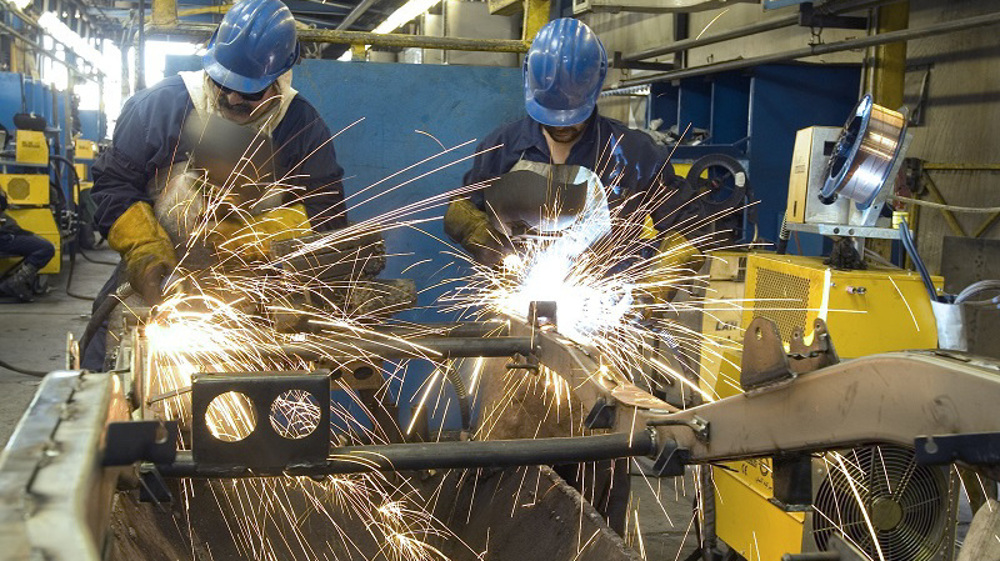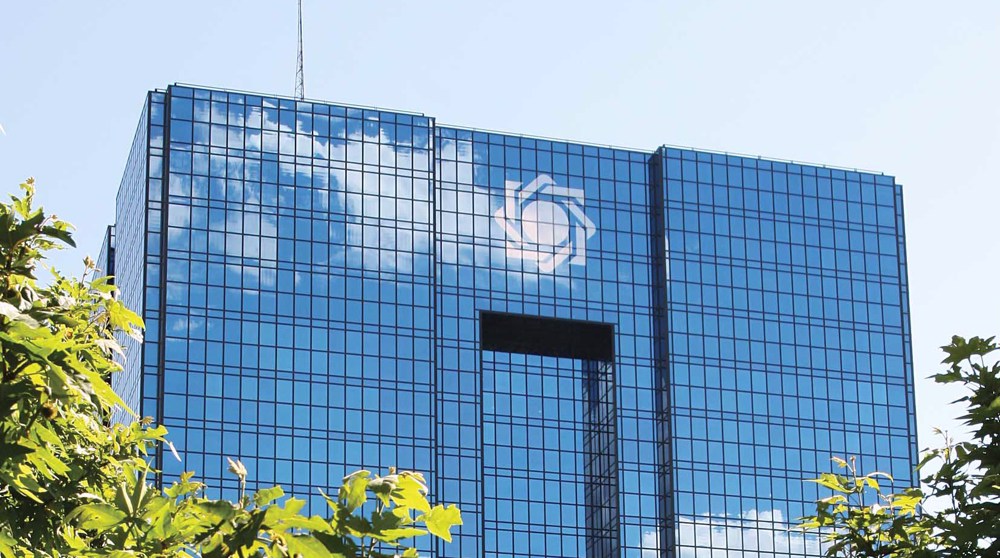Iran, Pakistan agree to ditch dollar
Iran and Pakistan have signed an agreement to re-establish banking relationship and carry out trade transactions in local currencies.
Pakistan’s Federal Minister of Commerce Khurram Dastgir Khan supervised the signing of a memorandum of understanding with Iran’s Ambassador Mehdi Honardoost in Islamabad, local media reported on Wednesday.
“The two sides agreed in principle to open bank accounts in their respective central banks for trade transactions in their local currencies,” an unnamed official at the Ministry of Commerce was quoted as saying.
They also agreed to take further steps toward promoting trade and investment ties and materialize a free trade agreement which the two countries have been considering for some time.
Pakistan is negotiating a deal to import 1,000 megawatts of electricity from Iran. Pakistan’s western cities near the border currently receive 100 megawatts of electricity from Iran.
Energy-starved Pakistan suffers about 12 hours of power cuts per day and is keen to import Iranian oil, gas, iron and steel.

The energy crisis in Pakistan has worsened in recent years over 4,000 megawatts of electricity shortfall. The nation of 190 million people can only supply about two-thirds of its gas needs.
Iran in turn is interested in Pakistani textiles, surgical goods, sports goods and agricultural products.
The absence of a payment mechanism was a key hurdle in trade ties between the two neighbors after the lifting of sanctions on the Islamic Republic in January.
Honardoos said, “Both the countries must work on developing long-term economic and trade policies and initiate interaction between their free trade zones.”
In March, President Hassan Rouhani paid an official visit to Pakistan where the two countries signed a “strategic action plan” to raise their trade to $5 billion in the next five years.

According to official figures, bilateral trade stood at about $1.3 billion before US-led sanctions on Iran in 2012 brought it down to $432 million.
A multibillion-dollar gas pipeline to transfer Iranian gas to Pakistan is their biggest bilateral project which has yet to see the light of day.
The joint project was launched in 2010 and includes construction of 1,900 kilometers (over 1,100 miles) of pipeline from Iran to Pakistan.
Iran has completed its part of the gas pipeline with a total investment of above $2 billion, but Pakistan has yet to do its own, having already fallen behind the schedule to take delivery of gas in 2014.
Islamabad has dragged its feet under pressure from the US which is supporting a rival project to pump gas from Turkmenistan and urging Pakistan to consider other options.
The Iranian pipeline route is about 700 kilometers shorter, while the gas pipeline from Turkmenistan has to pass through Afghanistan in the areas ridden with militancy.
VIDEO | Million-man march held in Yemen in support of Gaza, Lebanon
Iran says resolved to ‘legally’ pursue Gen. Soleimani assassination case
VIDEO | Outraged over Gaza genocide, Iraqi protesters burn Israel, US and UK flags
Far-right German party calls for UN probe into ‘Berlin’s role’ in Nord Stream blasts
Trump’s ‘Make America Great Again’ shows US debilitated, desperate: Fmr. IRGC chief
Jordan rage: Protesters blast Israel’s genocide in Gaza, carnage in Lebanon
Pentagon official says ‘shocked’ by Yemen’s firepower, arsenal
IAEA chief tours two key Iranian nuclear facilities










 This makes it easy to access the Press TV website
This makes it easy to access the Press TV website